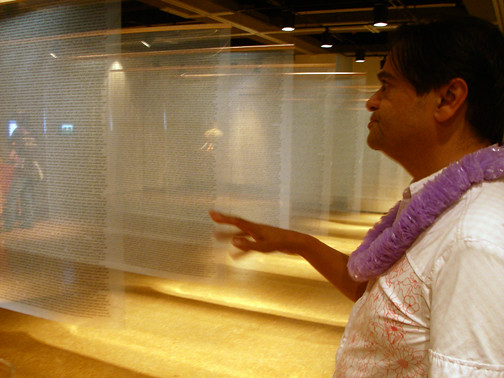
Radiotherapy
The Central Private School of Medical Sciences and Health provides high level of training in Imaging and radiotherapy
About Radiotherapy
Radiotherapy, more then any other treatment modality, relies heavily and often exclusively on medical imaging to determine the extent of disease and the spatial relation between target region and neighbouring healthy tissues. Radically new approaches to radiation delivery are inspired on CT scanning and treat patients in a slice-by-slice fashion using intensity modulated megavoltage fan beams. For quality assurance of complex 3-D dose distributions, MR based 3-D verificative dosimetry on irradiated phantoms has been described. As treatment delivery becomes increasingly refined, the need for accurate target definition increases as well and sophisticated imaging tools like image fusion and 3-D reconstruction are routinely used for treatment planning. While in the past patients were positioned on the treatment machines based exclusively on surface topography and the well-known skin marks, such approach is no longer sufficient for high-accuracy radiotherapy and special imaging tools like on-line portal imaging are used to verify and correct target positioning. Much of these applications rely on digital image processing, transmission and storage, and the development of standards, like DICOM and PACS have greatly contributed to these applications. Digital imaging plays an increasing role in many areas in radiotherapy and has been fundamental in new developments that have demonstrated impact on patient care.
Scope of Practice - Radiotherapy Technologist
A multi-disciplinary team of health care professionals delivers radiotherapy. The use
of radiation and radioactive materials to deliver radiotherapy is governed by
legislation. The practice involves the calibration and maintenance of radiotherapy
equipment, treatment planning, patient immobilisation and verification that the
treatment given matches the treatment plan. The Radiotherapy Physics Technologist
provides scientific and technical services to ensure the delivery of high quality and
appropriate radiotherapy to patients.
Broad overview
The Radiotherapy Physics Technologist is involved in a range of activities within
radiotherapy physics. Including dose planning for external beam megavoltage
therapy, mould room, brachytherapy, machine quality assurance (QA), in-vivo
dosimetry, routine dosimetry and virtual simulation.
The scope describes the broad range of services provided and the activities
described reflect current clinical practice within individual oncology departments.
Specialised tasks
The newly qualified Radiotherapy Physics Technologist must be able to:
Dose Planning
Check the relevance of patient data and patient related data to ensure validity,
consistency and completeness.
Provide treatment param 00004000 eters and dosimetric data for patients to undergo
radiotherapy.
Transfer of data from imaging equipment to computerized treatment planning
systems.
Outline anatomical structures for standard situations.
Design an individual treatment plan for standard treatment techniques.
Perform simple dose calculations for standard treatment techniques using data
provided by a clinical scientist.
Transfer data to and from the treatment planning system.
Virtual Simulation
Transfer data from imaging equipment.
Outline anatomical structures; for example, external patient contour.
Define treatment field parameters for simple treatment techniques using virtual
simulation software.
Define appropriate isocentre.
Conform treatment fields using multi-leaf collimators etc.
Mark beam directional shell with relevant reference points.
Transfer data to record and verify systems and/or treatment planning system.
Mould Room
Take appropriate impressions of patients using a range of impression materials
in order to manufacture treatment devices.
Manufacture individually custom made beam direction, modifying and shielding
devices for radiotherapy treatment.
Monitor and react to changing needs of the patient whilst in the Mould Room or
undergoing brachytherapy procedures.
Provide advice and point of contact for patients throughout the Mould Room
process.
Operate a broad range of mould room equipment including vacuum forming
machines and computerised block cutting equipment.
Manage and control stocks of materials used in the mould room.
http://www.centralesante.tn